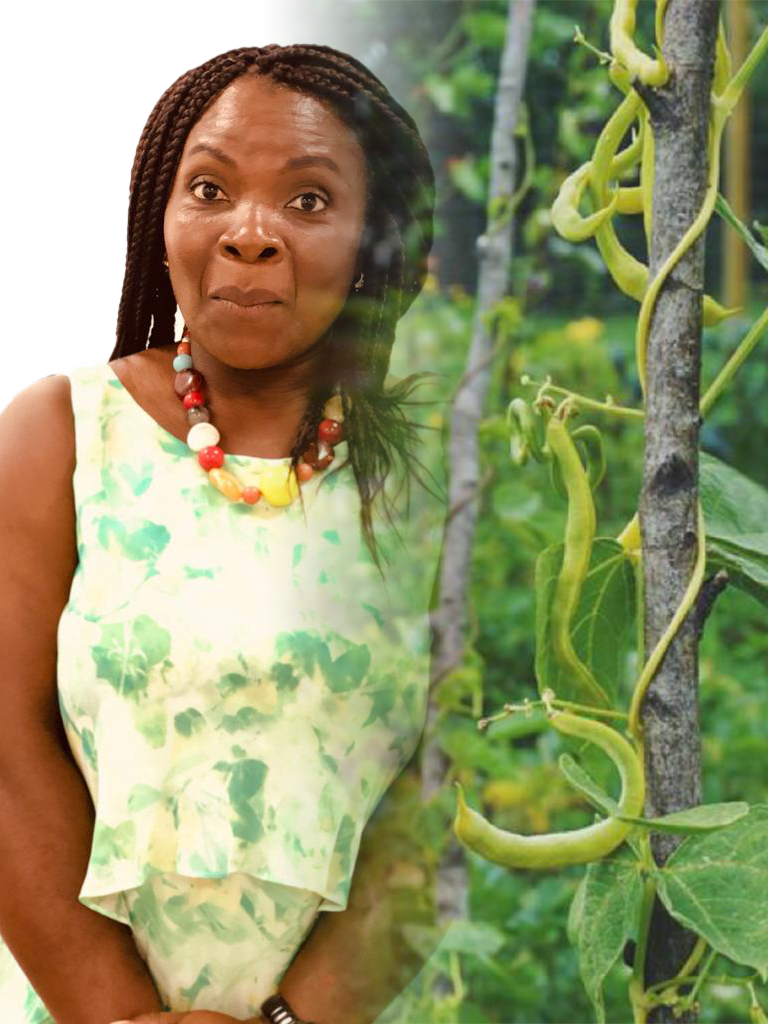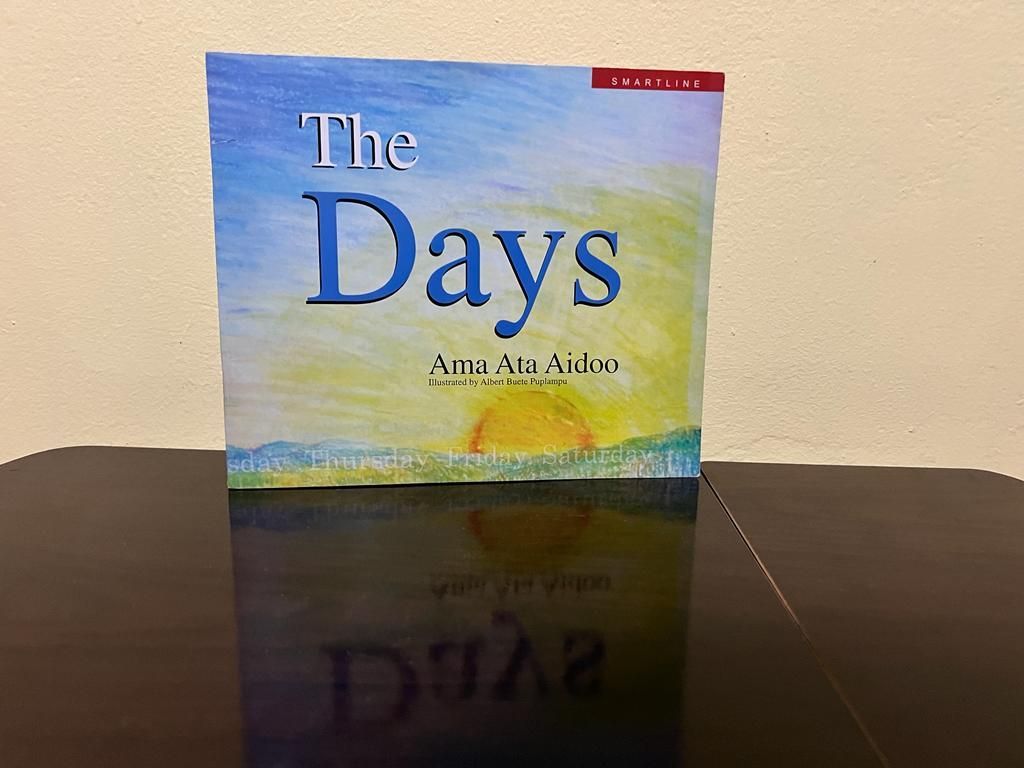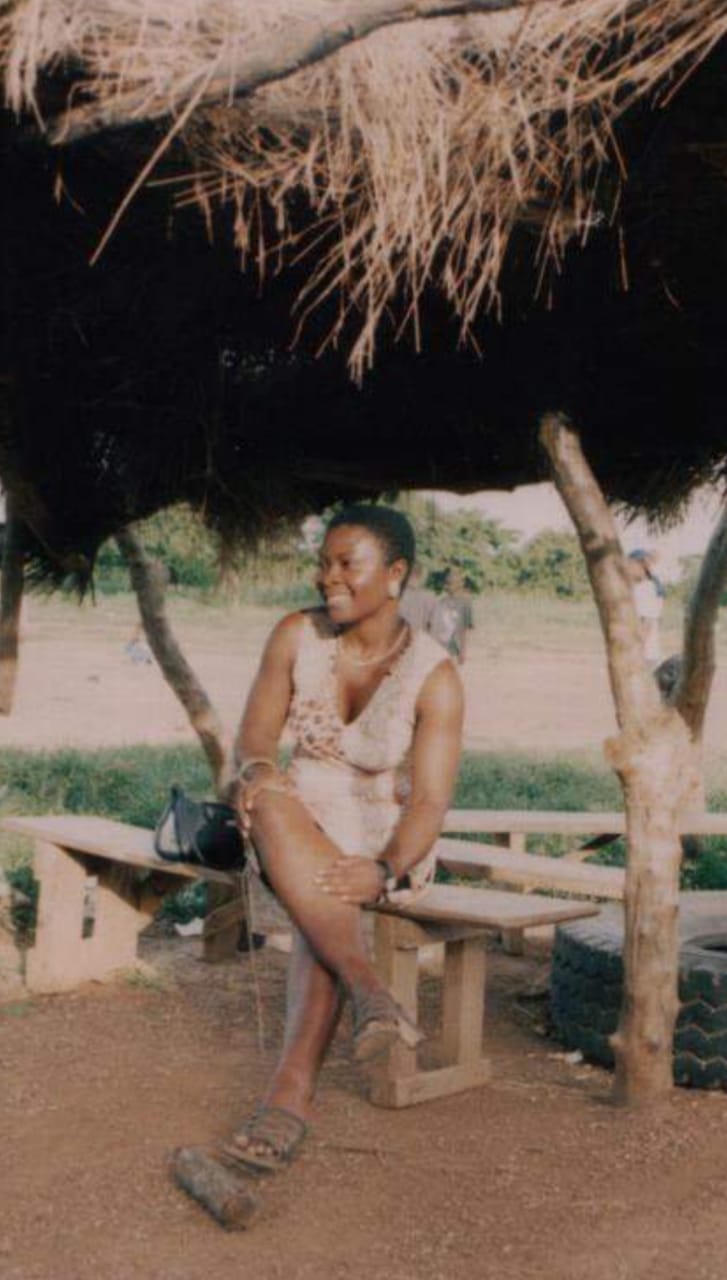Becoming A Bean

I recently heard the story of a little boy who made a small backyard garden at his home in Kumasi.
The young lad grew two items in his little garden, beans and tomatoes. He watched his plants grow.
The bean fascinated him because it always found its way to climb on to anything it could get a hold of to creep higher in order to get more sun.
The young lad decided to do an experiment. He covered the bean sprouts with sheets. Somehow they always found their way out from beneath the sheets. His mind was preoccupied by the resistance of control by the bean and it’s persistence at freeing itself from beneath the cover to reach at the sun. The young lad was blown away by this.
Many years later, in his late 40’s , across the oceans and at a crossroad in his life, he recalled his experience of the bean sprouts in his little garden back home in Kumasi. He came to realise the resilience of the green beans and it’s persistence to grow, latching on to whatever can support it to reach at the sun for growth.
The man drew inspiration from the way of the bean to edify himself.
I was moved by his story and wanted to learn about the bean and its characteristics.
Beans have the ability to grow as climbing or spreading vines. By twining, stems beans can curl up on any medium within its reach and grow.
Symbolically beans have been interpreted to represent resurrection and reincarnation because they grow spiritually upwards. Another interpretation is that it symbolizes the male organ and can connote immortality because of its phallic state of being.
Dream interpreters say when a person dreams of green beans, it is the representation of unpleasant choices. It can also be incidents or experiences one knows to be in their best interest however unpleasant. It represents taking responsibility when one is not necessarily obliged to. Interpreters further have it, that it is reflection of a long- term decision though unexciting but will be beneficial to the person.
I love vegetables and incorporate them in my diet heavily but I’ve not until now seen them as a source of inspiration for my personal growth and tenacity. Come to think of it, drawing from the bean which can’t be held down, I realise nature indeed has a lot to teach us. The saying that everything we need is around us couldn’t be more true. There’s mulch wisdom to acquire by simply observing nature if we care to.
I’ve likened myself to an animal, a bird but never a legume. Perhaps, subconsciously I thought them too weak?
Well, now I know. If I were to be a vegetable, although I’m yet to take time to learn as much about the ways of the many other vegetables, i think I can for now, quite comfortably choose to be a green bean.
There’s much to gain if we, like the green bean resist all attempts at oppression and push for our growth wide or high. We can then hold on to every opportunity, even that which may appear to be an obstruction so we beat our challenges to reach our goals.
Like the green bean I will always seek the face of the sun no matter what comes my way. Especially, because of what comes my way.
Esi's Blog


